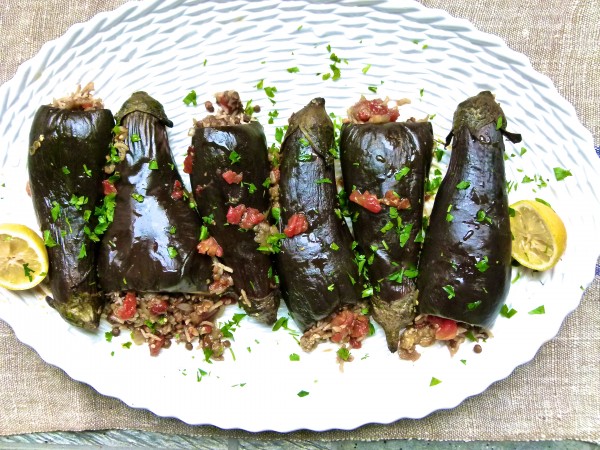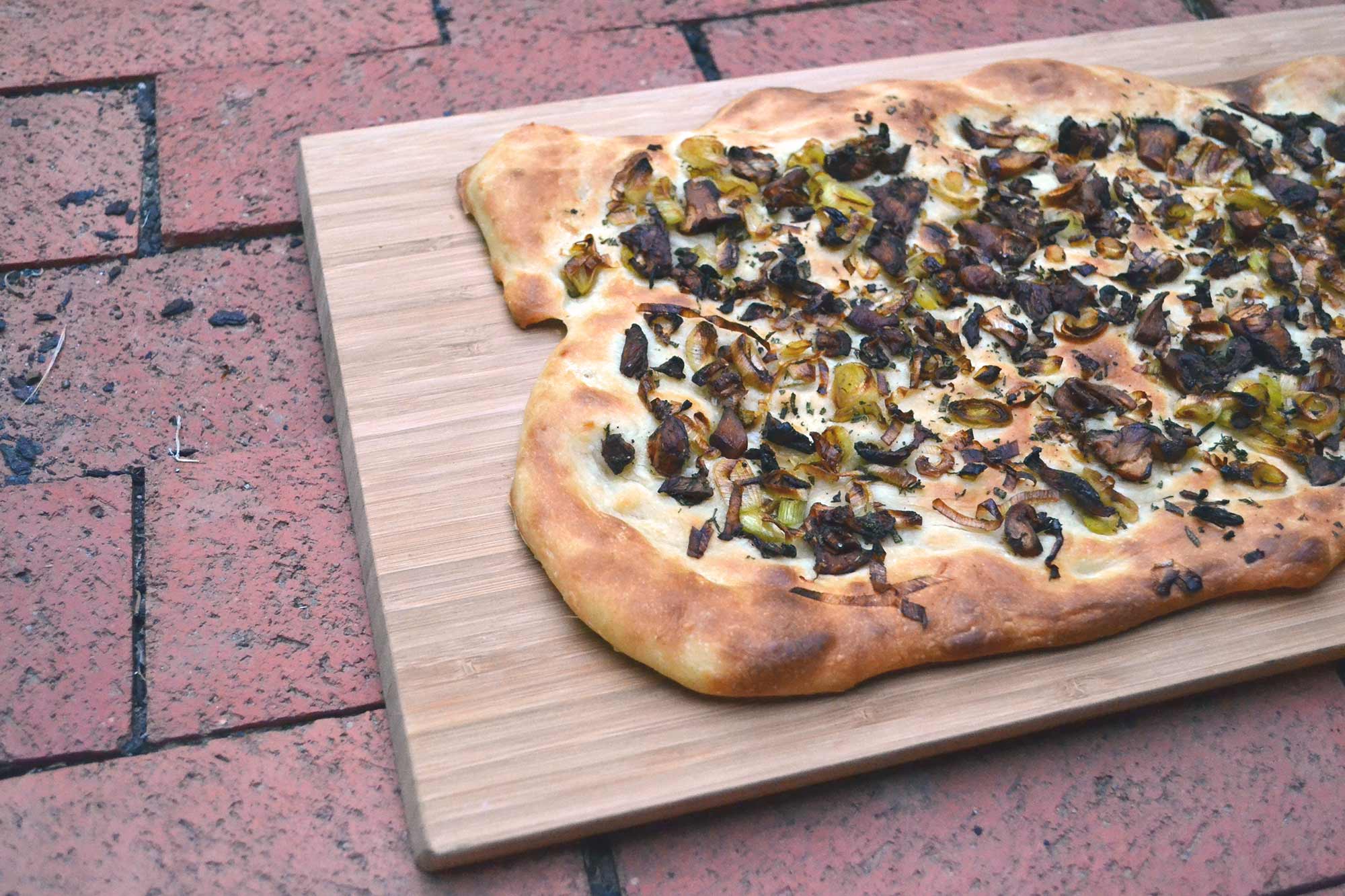The first issue of Southern Living Magazine appeared in February 1966. Since then, the magazine has only grown in its popularity and not just for the people who live in the South (Southern United States). The magazine has published wonderful articles about the home, travel and food for over 50 years. I found this wonderful article in Southern Living Magazine. It starts off with the statement “Cooking with edible flowers is back.”
I thought to myself: “What do you mean back? I have never cooked with edible flowers!”
When I was a kid growing up in Miami, Florida, we had hibiscus flowers in our front yard. We would pick them, rip them apart and I enjoyed sucking the nectar from stem. I never ate the petals because I didn't know they were edible. They are not just edible you can brew a tea with them and dirnk it!
In the SL article hibiscus in on the list of the 10 Best Edible Flowers.
What have I missed? LOL.
For me, the things is ... flowers are so pretty you don't really want to eat them. Do you?
But it's good that you can. It's one of those things you need to know if you ever get stranded on a desert island and you're not that good at catching fish or hunting for your food (like me).
It's just a personal thing; but I think edible flowers should only be used for weddings.
* * *
FUN FOOD TRIVIA AND FACT:
Image is a photo of a marigold calendula. Calendula is known as the “poor man’s saffron” and it can be used in the recipe for deviled eggs. Who knew?
* * *
Related Links:
10 Best Edible Flowers | Southern Living
10 Edible Flower Salads That Are Way Too Pretty to Eat | Spoon
University
Recipe Box: Edible Flower Popsicles - Lauren Conrad
The Ten Best Edible Flowers to Grow in Your Garden
30 Edible Flowers You Can Eat Right Out Of Your Garden
Garden Guides | The History of Edible Flowers
* * *
Have you ever prepared a dish or a drink with edible flowers?
Original Source





















